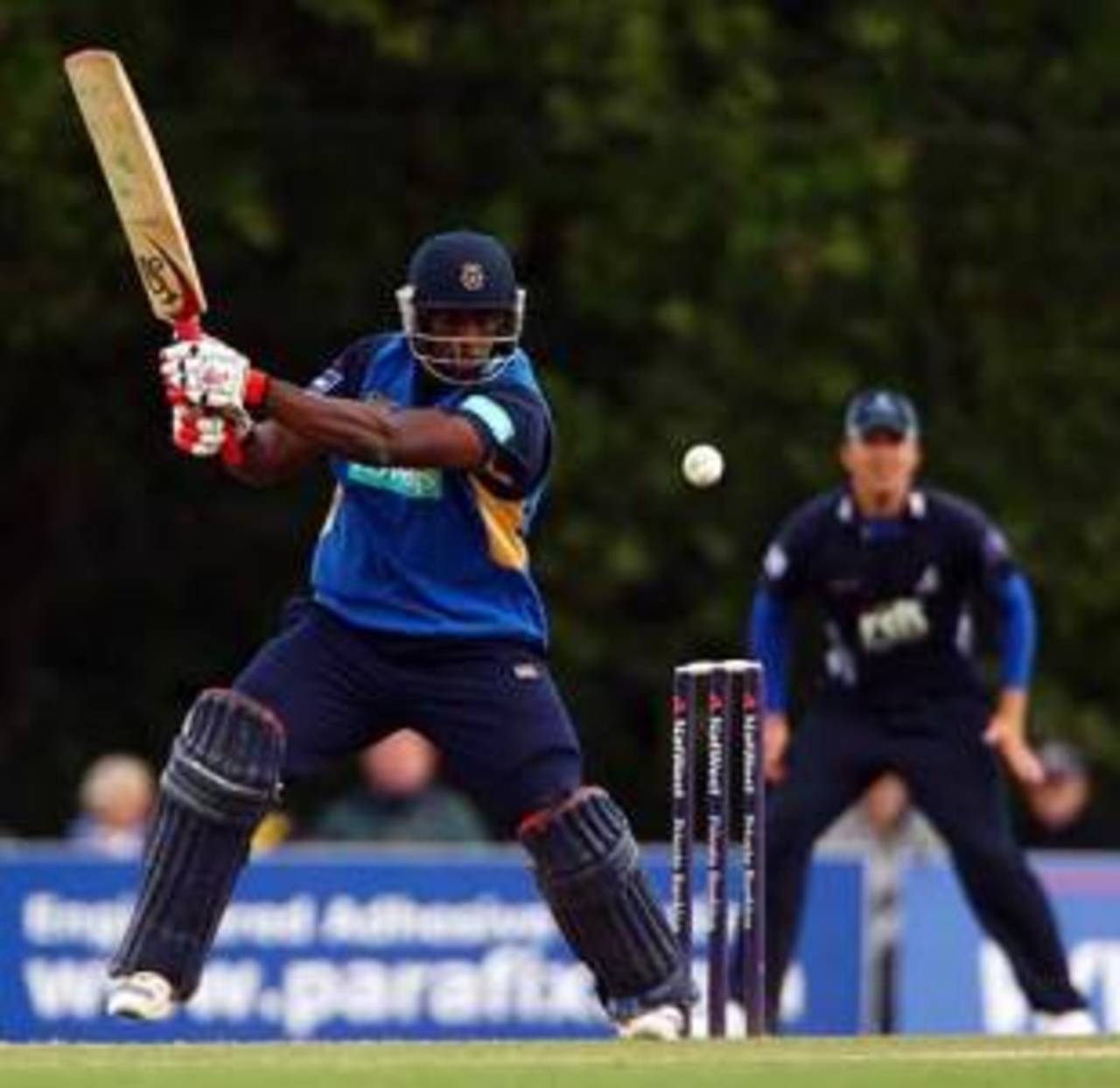"ECB Board meeting" may not be the first words you'd expect to read in the aftermath of England's first win against Australia at Lord's since 1934, and they may rank as the least sexy start to any column. But, apology over, the meeting that takes place next Wednesday could provide unexpected ammunition for those who have argued over the years - and there haven't been many of them - that the county game really is less interested in its own survival than in the success of the England team.
The turkeys-don't-vote-for-Christmas analogy has been applied to county cricket's chief executives and chairmen often enough, yet the talk after this week's discussions involving the domestic game's big cheeses is that the 18 first-class teams are finally prepared to streamline a fixture list that at times has been as penetrable as Fermat's Last Theorem.
"The consensus of opinion," declared the ECB chief executive, David Collier, earlier this week, "was clearly for three competitions, with a desire to preserve the primacy of Test cricket and the LV County Championship." This proposal still needs to be ratified at Wednesday's meeting, but the implications are significant. We already knew the Pro40 - loved by chief execs because it was well-attended, but increasingly irrelevant to the players - was in its last year. Now it looks as if the county game will settle for one Twenty20 tournament per season instead of the two that had been mooted. Sanity, it seems, has broken out.
The upshot would be a structure that roughly mirrors the formats of the international game - cricket in whites played over a few days, plus a 50- and 20-over tournament - as well as a bit (but not a huge amount) more breathing space in the calendar for England's overworked domestic players. County cricketers will still play more than any of their counterparts around the world, but revolutions take time. And in cricket they can take even longer than that.
"It's always a battle," says Mark Newton, the Worcestershire chief executive, as he assesses the traditional nature of the relationship between the counties and England. "When central contracts came in, that was a battle too. But we will do what is best for England. After all, it's the England team that keeps us in a job and helps provide us with a ground. We've always supported England and will continue to do so. It's what we are here for - it's in our mission statement."
That admission may surprise those who have suspected over the years that county cricket's real mission statement can be reduced to one word: survival. And one other county chief executive yesterday claimed that the views on any new domestic structure would be "mixed", adding: "As long as there's enough cricket to pay the bills."
The upshot would be a structure that roughly mirrors the formats of the international game - cricket in whites played over a few days, plus a 50- and 20-over tournament - as well as a bit more breathing space in the calendar for England's overworked domestic players
But there is a twist, because - for the moment at least -
the ECB are denying that the P20 is dead in the water: far from it. One plan is simply to replace the Twenty20 Cup in its current format - three group stages followed by quarter-finals - with two divisions of nine teams each, which is how the P20 was originally conceived.
The official line is that the decision to scrap the idea of two Twenty20 tournaments has nothing to do with a recession-driven lack of sponsors or a failure to attract the all-important Asian broadcasting networks, and everything to do with fitting the fixtures into the season so that, as Collier argues, the primacy of first-class cricket is maintained. Tests in early May could become a thing of the past, following, among others, the poorly attended game at Chester-le-Street against West Indies earlier this year, and that would mean some sensitive tinkering of the calendar later in the summer.
When it was put to one chief executive contacted yesterday that the board was suddenly placing altruism ahead of commercial gain, he commented: "I'll let you read between the lines on that one." In fact, a P20 tournament would still guarantee each county at least 16 matches - home and away against the other eight in its league - which will more than make up the financial shortfall caused by the scrapping of the Pro40 (eight games per team per season).
So would it be cynical to suggest that the counties are having their cake (by backing a structure that gives their overworked players more rest and thus places more onus on the quality needed to produce Test cricketers rather than on the current glut of quantity) and eating it (by raking in as much cash as before, if not more)?
"That would be harsh," says Newton, who justifies the proposed changes another way. "When I talk to people around the ground at New Road, the impression I get is that the county set-up has become a bit complicated. No one knew which days meant which tournament and so on. If you go to three competitions, it is simpler for the spectators to watch and understand. Now we'll have a set-up that reflects the international scene and will be split into chunks across the season."
Whatever the motives behind the proposed changes - and face-saving cannot be discounted after the P20 was originally trumpeted as a potential rival to the Indian Premier League - the results ought to benefit the domestic structure. The turkeys haven't quite voted for Christmas. But one step at a time.
Lawrence Booth is a cricket correspondent at the Guardian. He writes the acclaimed weekly cricket email The Spin for guardian.co.uk
